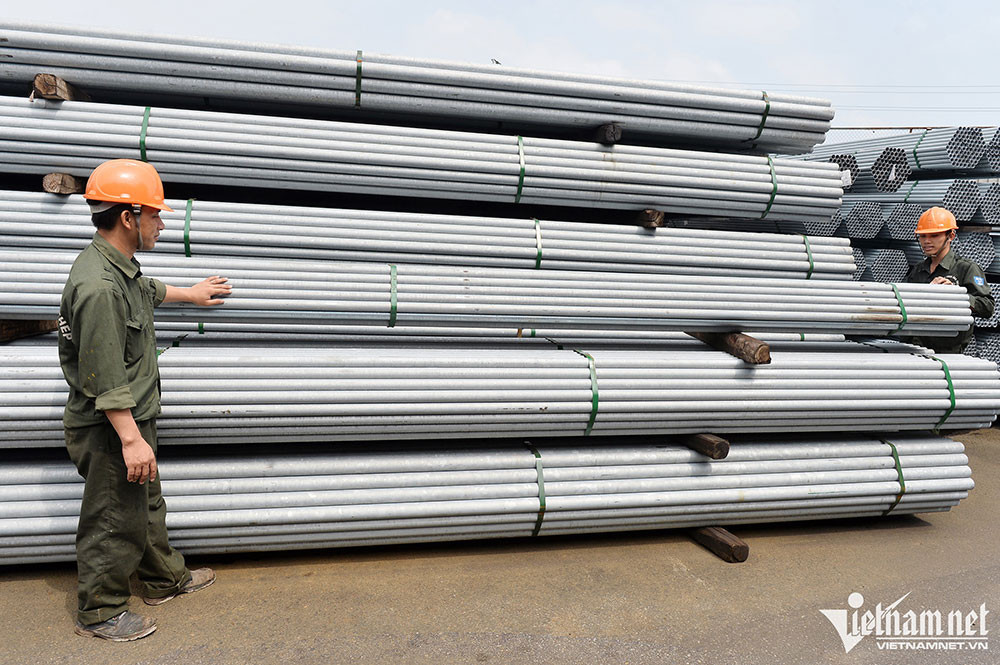
After a long period of sliding, steel prices have entered a recovery period over the last two months. Though there are still risks, steel manufacturers can expect a better performance in the time to come.
Iron ore, an important input material for the steel industry, has begun recovering after falling to a three-year low price since late October 2022.
According to the Mercantile Exchange of Vietnam (MXV), at the January 3 trading session, while other basic metals such as copper, aluminum and lead faced strong selling pressure, iron ore futures prices (January) listed at the Singapore Mercantile Exchange decreased by 0.01 percent only. The MXV metal index was 1,809 points, an increase of 0.06 percent over the previous trading session.
Over the last two months, iron ore prices have surged by 36 percent thanks to investors’ expectations on the demand recovery in China, the world’s biggest steel consumer.
In addition to Chinese policy on stimulating the real estate market, the driving force for price increases comes from the reopening of the economy. This has helped the iron ore price recovery since early December 2022.
According to the World Steel Association (WS), steel consumption in China in November 2022 increased by 7.3 percent compared with the same period of 2021 thanks to the good news from the stimulus package to recover the real estate market. Meanwhile, output in the first 11 months of 2022 decreased by 1.4 percent.
Steel output in India in November increased by 5.7 percent. The steady upward trend helped the accumulated steel output in the first 11 months increase by 6 percent over 2021.
WS predicted that steel demand in India would increase by 6.7 percent to 120 million tons in 2023 and 200 million tons by 2030.
The recovery of China and emergence of India create a rivalry for Vietnam’s steel manufacturers. However, analysts believe there are still many opportunities Vietnam can grasp, especially in structural steel exports.
India makes steel domestically, but it still has to import steel to modernize roads, railways and ports.
According to MXV, all economies need steel in their construction periods. Making structural steel is a great advantage of Vietnam. The huge economy of China also imports large amounts of steel from Vietnam and need steel when reopening the economy.
The major markets for Vietnam are ASEAN countries which buy 42 percent of Vietnam’s steel exports.
Hanh Nguyen